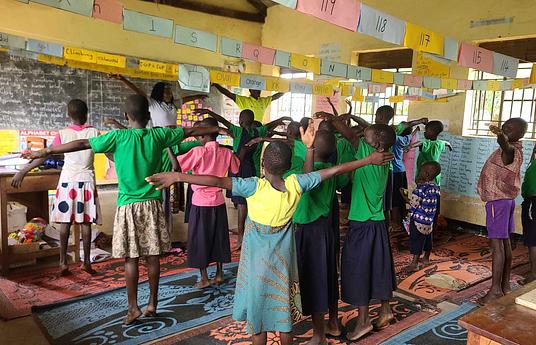I am a 17-year-old IB student in an international student, who has been struggling with revision for the Economics HL exam at the end of my first year. I came across the problem of number of concepts in the economics curriculum. I outlined 2 things, which are the most difficult: to memorise the effect of each policy and how it is represented on the graph. I marked them as problems.
The innovation addresses the problems directly, as most students 16-18 years old are more engaged, when they have to react to different scenarios, such as slow economic growth, unequal income distribution, high unemployment rate, trade wars, low technological advancement, protests as a result of high taxes etc. The players can implement monetary/fiscal policies, supply-side policies etc.
Students play the game and clearly see the effect of each of the policies they decided to impose as a reaction to the certain situation, as indicators (such as GDP, trade balance, inflation rate, unemployment, public support etc.) of the imagined economy, which they have to develop, change. Thus, students can analyse what changes the policy causes, memorising the effects of all of them.
The second problem is solved as well, as the effect of each policy imposed by the player is visualised graphically. Therefore, the students get more familiar with graph drawing and can remember it more distinctly.
The game is under active development.
The roadmap can be find on the website:
The game is free and can be played by anybody on its website. It can spread very fast, as it efficiently solves students' problems in an entertaining manner.


.png)
